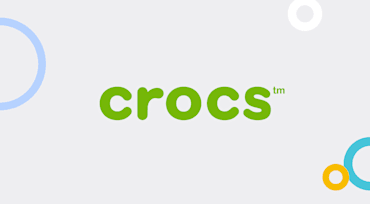US consumers spent $211.5 billion during the second quarter of 2020 on e-commerce, up 31.8% quarter over quarter. Meanwhile, McKinsey found there were as many e-commerce deliveries made over the course of eight weeks in 2020 as there had been in the past decade.
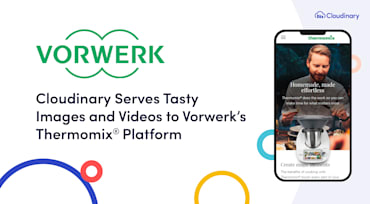

Every year in early February, after closing our fiscal year, we discuss the year that was during our monthly All Hands meeting. This year we reflected on a year unlike any other.
It was a year in which the unimaginable became our shared reality. Together, as a global collective, with our families, customers and partners, we Zoomed and pushed and pulled together in ways we had not had to do before.
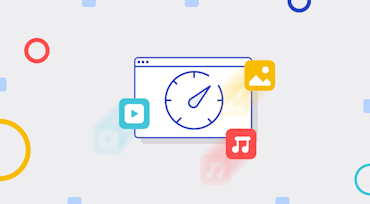
Is your web page speed a pitfall or a profit driver? If you don’t stay on top of optimizing rich media on your website, chances are your web performance is actively (and financially) working against you.

As online interactions multiply exponentially, visual media has become the most significant venue for delivering the benefits of what used to be in-person contacts. With this in mind, companies have completely shifted their digital strategies for consumer experiences, taking a media-first approach in how they interact and engage.
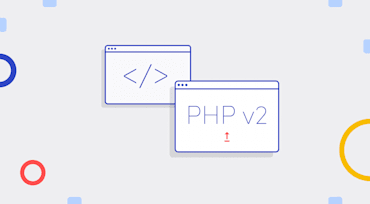
Cloudinary supports a wide range of SDKs, many of which have been around for quite some time now. The PHP SDK was initially released in 2012, nine years ago, and much has changed since then with regard to programming languages and development concepts. This means that the SDKs need a refresh in order to be aligned with the latest standards and best practices, also to comply with the current language standards and syntax usage.
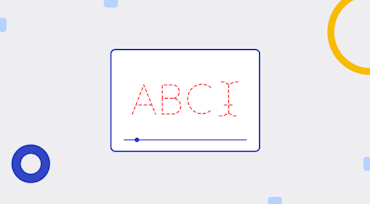
Many Cloudinary users desire a UI for tasks like creating text overlays for images, which they then embed on webpages or download for marketing campaigns. Generating such overlays with the Cloudinary Media Library UI involves a bit of a learning curve, especially if they require multiple fonts or text lines, which even experienced users might find challenging to implement.
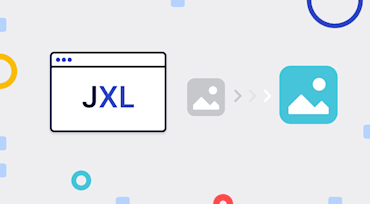
When the JPEG codec was being developed in the late 1980s, no standardized, lossy image-compression formats existed. JPEG became ready at exactly the right time in 1992, when the World Wide Web and digital cameras were about to become a thing. The introduction of HTML’s <img> tag in 1995 ensured the recognition of JPEG as the web format—at least for photographs. During the 1990s, digital cameras replaced analog ones and, given the limited memory capacities of that era, JPEG became the standard format for photography, especially for consumer-grade cameras.

In this age of most sites being static, a frequently asked question is how much dynamic functionality you can derive from Jamstack. The answer is a lot because you can incorporate reusable APIs in that architecture and leverage serverless, back-end-oriented functions with no back ends in place.
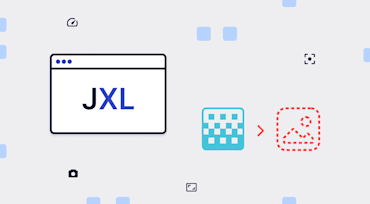
Progressive image decoding is an excellent way in which to accelerate page loads and hence improve the web-browsing experience. This post explains why and elaborates on the recent developments for that approach.
